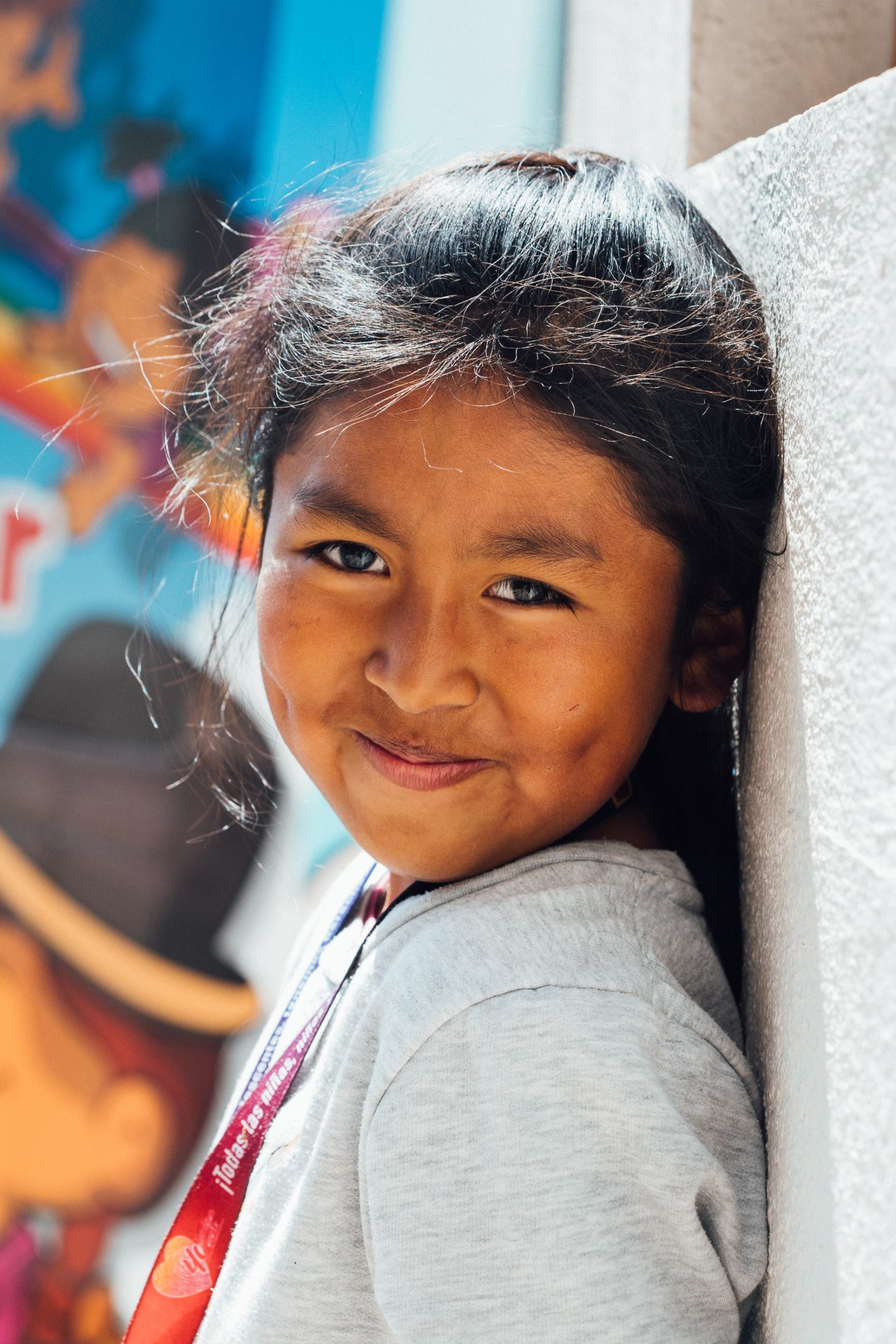Malnutrition has many faces. A person can be undernourished by too little food, have a deficit of nutrients due to the wrong food or be overfed by too much food. This is why the most recent Global Nutrition Report (2020) found some form of malnutrition in a certain percentage of the population in almost all countries. In developing countries, malnutrition is still a major issue. One of the goals of the United Nations' 2030 Agenda is therefore to end hunger worldwide by 2030. In 2021, Artemed Stiftung initiated the project 'Community Approaches to Address Childhood Undernutrition' to improve the situation in Tanzania.
The World Hunger Index (WHI) is used to analyse the annual hunger situation at global, regional and national level. It is therefore a measure of the hunger situation in a particular region and is intended to raise awareness of the problem and highlight the significant regional differences.
Hunger' is defined by the Food and Agriculture Organisation of the United Nations (FAO) as the suffering caused by a lack of calories. Malnutrition is when the body is supplied with too little energy in the form of food over a longer period of time. The amount of energy required varies from person to person and depends on gender, age, stature and physical activity.
To calculate the WHI, the four indicators 'population undernutrition', 'child emaciation', 'child growth retardation' and 'child mortality' of a country or region are first determined. The comparable dimensionless index is then calculated from these indicators.
Globally, the WHI has improved significantly over the past ten years (since 2000). A value of > 50, corresponding to the classification 'serious', was calculated for five countries in 2000. In 2020, the highest WHI of 44.7 (corresponding to the rating 'very serious') will be reached in Chad. Only two other countries (Madagascar and Timor-Leske) received the same rating.
In Tanzania, too, where Artemed Stiftung has been supporting medical care in St. Walburg’s Hospital Nyangao since 2018, the GHI has improved from 40.8 (2000) to 25 ('serious') in the last ten years. Although this development is encouraging, a GHI of 25 is by no means a satisfactory situation. In addition, a closer look at the GHI for Tanzania shows that the improvement is due in particular to a decrease in the parameters 'child stunting' and 'malnutrition of the population'. In contrast, 'child wasting' has actually increased at times and is currently back at the 2000 level. It should also be noted that the GHI of 25 was calculated for the country as a whole. On closer inspection, it becomes clear that there are major regional differences: The remote and less developed, rural regions in particular are always significantly more affected.
The Artemed Stiftung has therefore started a project this year that specifically addresses the issue of child malnutrition in the region of St. Walburg's Hospital (Lindi region). The primary goal is to work with local doctors and in cooperation with the communities to develop and implement a comprehensive concept to combat child malnutrition.
The project has been running since spring 2021 and is supervised locally by the project coordinator Geni S. Mabelya. The first project phase was successfully completed in June 2021. The aim was to develop a good data basis that provides important information about the nutritional situation in the region and also provides initial indications of what the reasons for malnutrition among the children might be.
The following data was recorded for this purpose:
- BMI of mothers at birth
- Weight of children at birth
- MUAC test (MUAC = Mid-Upper Arm Circumference; a quick test for children to determine their nutritional status)
- General health of the child
- Hb- value (haemaglobin value)
In addition, the hygiene and family situation in the communities was assessed, the length of time mothers breastfeed their children and the extent to which older children receive nutritious food were recorded.
In addition to recording the data, however, initial measures have already been taken to improve the nutrition situation. Here, the focus was on educational work to make the population understand which foods help to ensure a balanced diet.
In addition, contacts were made with various decision-makers in the municipalities to give this issue more urgency here as well.
Fortunately, some children could even be helped in a very concrete way. They were able to overcome the deficit of the non- or insufficiently breastfeeding mothers through special food in the hospital and now go home with a normal weight.
Take Munifu, for example, who was born weighing 3 kg but did not put on any weight in the first six months of her life. When she was five months old, she came to St. Walburg’s Hospital, where she quickly put on weight. In order to guarantee sustainable development within the family, her mother was trained in the basics of healthy eating.
The children will continue to be cared for within the project. In the second phase of the project, a more detailed evaluation of the data will also take place and the educational work will be intensified.




